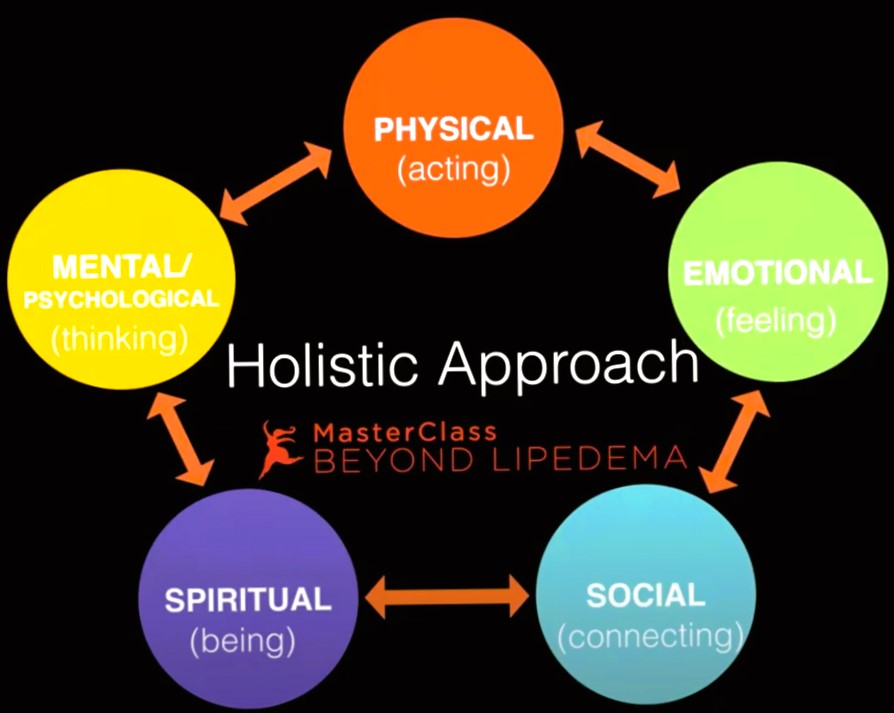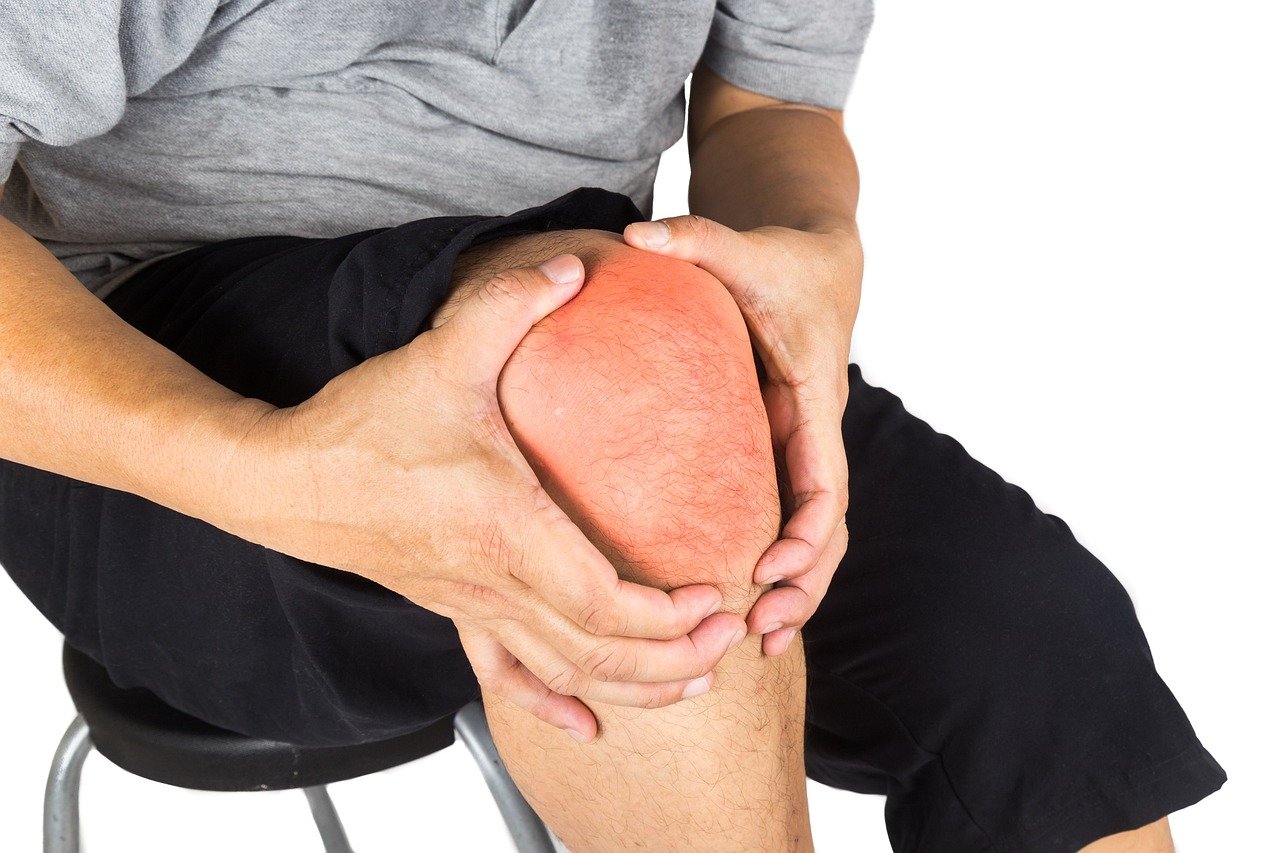Holistic Approaches to Chronic Pain
In recent years, more people have begun looking into holistic ways to handle chronic and painful pain. Unlike traditional therapies that focus mainly on reducing the pain itself, holistic methods seek to treat the whole person—mind, body, and spirit. These methods have different therapies or techniques that help decrease pain and handle its underlying causes, lessen the need for treatment, and enhance public health and well-being.
Chronic pain is a common and often devastating situation that impacts millions of people around the world. It can appear from many health issues like arthritis, fibromyalgia, or back pain, and it appreciably affects an individual daily life, maintaining their physical health, emotions, and social connections. For many people, dealing with chronic pain feels like a constant struggle, especially when standard treatments such as pain medications or surgery only deliver short-term relief or come with undesirable side effects.
What is Holistic Pain Management?
Holistic pain control takes a whole-person approach, concentrating on the mind, body, and soul rather than just dealing with the physical necessities of pain. It believes that pain is an elaborate experience affected by physical mental and vigorous health. This technique determines the underlying reasons for pain while enhancing overall health.
Unlike traditional treatments that mainly use medications or surgery, holistic pain management uses different therapies and other activities together to lessen pain and improve overall health. These include physical methods like yoga or acupuncture, mind-body techniques like meditation or therapy, and lifestyle changes such as eating healthy, getting better sleep, or an anti-inflammatory diet.
Holistic pain management helps people take charge of their healing by working on the bigger picture of their health. It encourages balance and long-lasting relief. This process is productive for those with chronic pain, where traditional treatments might not work well or may lead to undesirable side effects.
Benefits of Holistic Approaches to Chronic Pain
- Holistic methods like yoga, acupuncture, and meditation can lower the use of painkillers and help avoid dependency and side effects.
- Practices such as mindfulness and therapy not only decrease pain but also improve mood and lower stress and stress levels, which can guide chronic pain.
- These approaches promote better mental clarity, emotional well-being, and physical health, enabling people to live more satisfying lives despite chronic pain.
- Holistic approaches aim to resolve the source of pain, not only the signs, by focusing on underlying issues like hives, muscle inequalities, or stress.
- Holistic treatments can be customized to a person's needs, making them more useful and supporting than one-size-fits-all answers.
- Practices like embracing a healthy diet, frequent exercise, and better sleep patterns encourage long-term rehab and flexibility against pain.
- These methods can work alongside conventional medical treatments, enhancing their effectiveness and reducing potential side effects that arise with them.
- By following practices like exercise, mindfulness, and lifestyle changes, patients play an active role in their healing and promoting a sense of empowerment.

Integrating Holistic Approaches with Traditional Treatments
Integrating holistic practices with traditional medical therapies provides a balanced and useful solution for dealing with chronic pain. This assortment allows people to encourage the strengths of both techniques while customizing care to fulfill their specific needs.
Here’s how these approaches complement each other:
1. Complementary Roles
Holistic methods like acupuncture, yoga, or meditation can make conventional treatments like physical treatment or medicine work better. Such as mindfulness contemplation helps reduce stress, making painkillers more useful, and improving strength to handle the pain.
2. Reducing Medication Side Effects
Holistic activities like eating an anti-inflammatory diet or massage can lower the need for drugs, reducing side results like feeling sleepy or becoming dependent on others.
3. Tailored Treatment Plans
Combining holistic approaches with traditional treatments enables healthcare providers to make plans and give them an individual touch that uses the best of both methods. For example, a patient might pair physical therapy with mental behavioral therapy to manage both the physical and inspirational pain.
4. Improving Overall Recovery
Holistic methods prioritize overall health, which can increase the speed of recovery. For example, using relaxation techniques to improve sleep can speed up capabilities and the body's natural healing process and make medical therapies more effective.
5. Building a Strong Support System
Integrative care promotes teamwork between doctors, holistic practitioners, and patients, and makes a helpful system aimed at complete rehab.
How to Get Started with Holistic Approaches
Embarking on a journey with holistic approaches to dealing with chronic pain can feel very hard, but taking small, completely designed steps can make the process manageable and useful. Here’s how you can start Holistic Techniques:
1) Consult Your Healthcare Provider
Consult your doctor or a medical expert to ensure holistic methods work well alongside your current medicines. They can provide guidance on safe and effective practices suited to your specific needs.
2) Research and Choose Reliable Practitioners
Seek out certified experts, like yoga instructors, acupuncturists, or nutritionists, who specialize in holistic pain control. To find reliable and skilled doctors or yoga instructors, you can check reviews and ask for recommendations.
3) Start Small and Build Gradually
Start by practicing one or two holistic methods, like mindfulness meditation or dietary changes, and analyze how they affect your pain and overall health. Moderately, add more practice as you feel easy and comfortable.
4) Focus on Lifestyle Changes
Simple changes, such as enhancing the sleep cycle, engaging in low-impact exercise, or eating an anti-inflammatory diet, can significantly manage chronic pain.
5) Practice Consistency
Holistic methods require regular exercise to produce better outcomes. To make activities like meditation, yoga, or journaling the best and most natural part of daily life, one should set a proper routine.
6) Track Your Progress
Write in a tablet to track your pain, power, mood, and overall well-being. This will help you see what works best for you and if you requireany changes to your practice.
7) Join Support Groups or Communities
Connect with others who rehearse holistic techniques to manage their chronic pain. Sharing adventures and advice from different people can inspire and support new ideas.
8) Stay Open-Minded and Patient
Always keep in mind that Holistic methods often take some time to show visual results. Be patient and designed to try different methods to find what works best for your body, mind, and lifestyle.
Starting with holistic pain control practices is about taking proactive steps toward better fitness and well-being. With commitment and advice, you can create a supportable plan to reduce pain and enhance your overall life quality.
Holistic methods for chronic pain provide a comprehensive method for managing and relieving pain by considering its physical, passionate, and mental impacts. Unlike old treatments that typically focus only on symptoms, these strategies focus on enhancing overall health, certifying individuals, and promoting lasting recovery.
By including methods like yoga, meditation, dietary adjustments in your daily life, and other natural treatments along with traditional therapies, people dealing with chronic pain can develop a well-rounded and useful pain management plan.
In the end, holistic pain management concentrates on treating the whole body and brain of the person, promoting healing, and supporting individuals to take control of their lives. Exploring these methods can supply new routes for calmness, and relief and lead to a more beneficial, and more satisfying future.
















